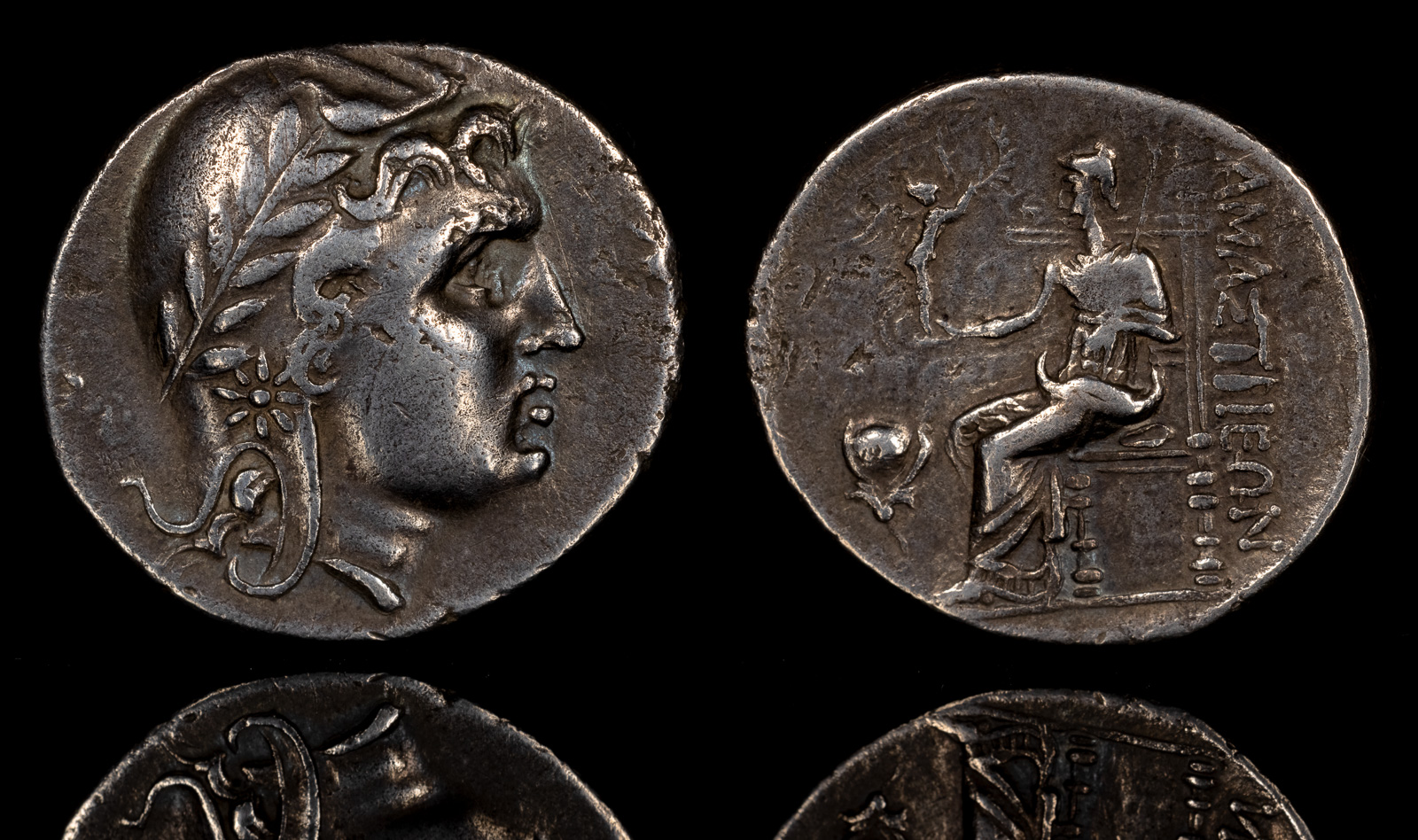Branch
View All Tags
One of the most widely recognized branches used in ancient coinage was the olive branch. In both Greek and Roman cultures, the olive tree was a symbol of peace, wisdom, and prosperity. The olive branch itself became a symbol of peace and reconciliation, notably associated with the Greek goddess Athena, who was believed to have gifted the olive tree to humanity. This connection to Athena reinforced the idea of the olive branch as a sign of both divine favor and a reminder of the benefits that come from wisdom and peaceful actions. In Roman coins, the olive branch often symbolized Pax Romana—the Roman peace that was a key ideal of the Roman Empire, representing stability, security, and the absence of war. On coins, the olive branch was often depicted alongside other symbols of peace, such as Pax or the goddess Ceres, further reinforcing the idea of a harmonious and prosperous state.
Another prominent branch in ancient coinage was the laurel branch. This symbol was widely associated with victory and triumph. The laurel wreath, often given to victorious generals and athletes, was a symbol of honor and achievement. The laurel branch, when depicted on coins, typically celebrated military or athletic victories and conveyed the power and success of the ruler or the empire. In Roman coins, the laurel branch often appeared in the hands of emperors or gods, signifying their military successes and divine right to rule. The connection between the laurel and victory was so strong that the term “laureate” became synonymous with someone who had been honored for significant achievements.
The palm branch also appeared on ancient coins, particularly in contexts where martyrdom or victory in battle were involved. The palm tree, and by extension the palm branch, was often associated with the gods and the afterlife in Greek and Roman mythology. In Roman iconography, the palm branch symbolized victory, triumph, and eternal life. It was frequently shown in the hands of gods, particularly in relation to deities like Victory (Victoria) or Juno, and could also be seen in the hands of emperors or military figures, marking their successes. The palm branch was also linked to martyrs in early Christian iconography, where it signified a victorious soul after death.
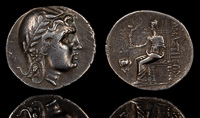
Amastris 285-250 BCE

Antoninus Pius 158-159 CE
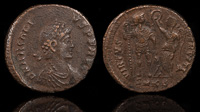
Arcadius 395-401 CE
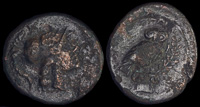
Azetium, Apulia 300-275 BCE
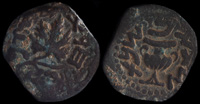
First Jewish Revolt 66-70 CE

Geta 197-209 CE
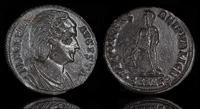
Helena 327-329 CE

Hephaistia, Lemnos 386-261 BCE
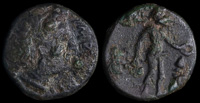
Imbros, Thrace 350-300 BCE

Iolkos, Thessaly mid 4th cent BCE

Jeroboam 375-333 BCE
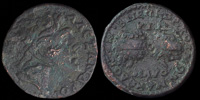
Koinon of Macedon 238-244 CE
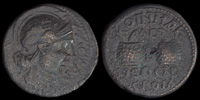
Koinon of Macedon 244-249 CE
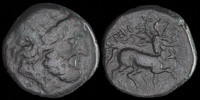
Magnetes, Thessaly 2nd century BCE
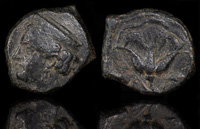
Nikokles of Paphos 350-320 BCE

Ophrynion, Troas 350-300 BCE
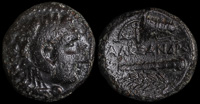
Pasikrates of Kourion, 325 BCE
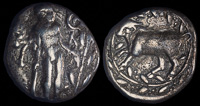
Phaistos, Crete 330-320 BCE
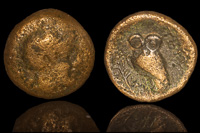
Tegea, Arkadia 4th-3rd cent BCE
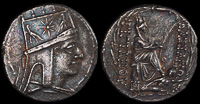
Tigranes II 80-68 BCE
